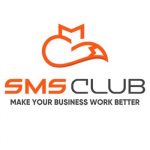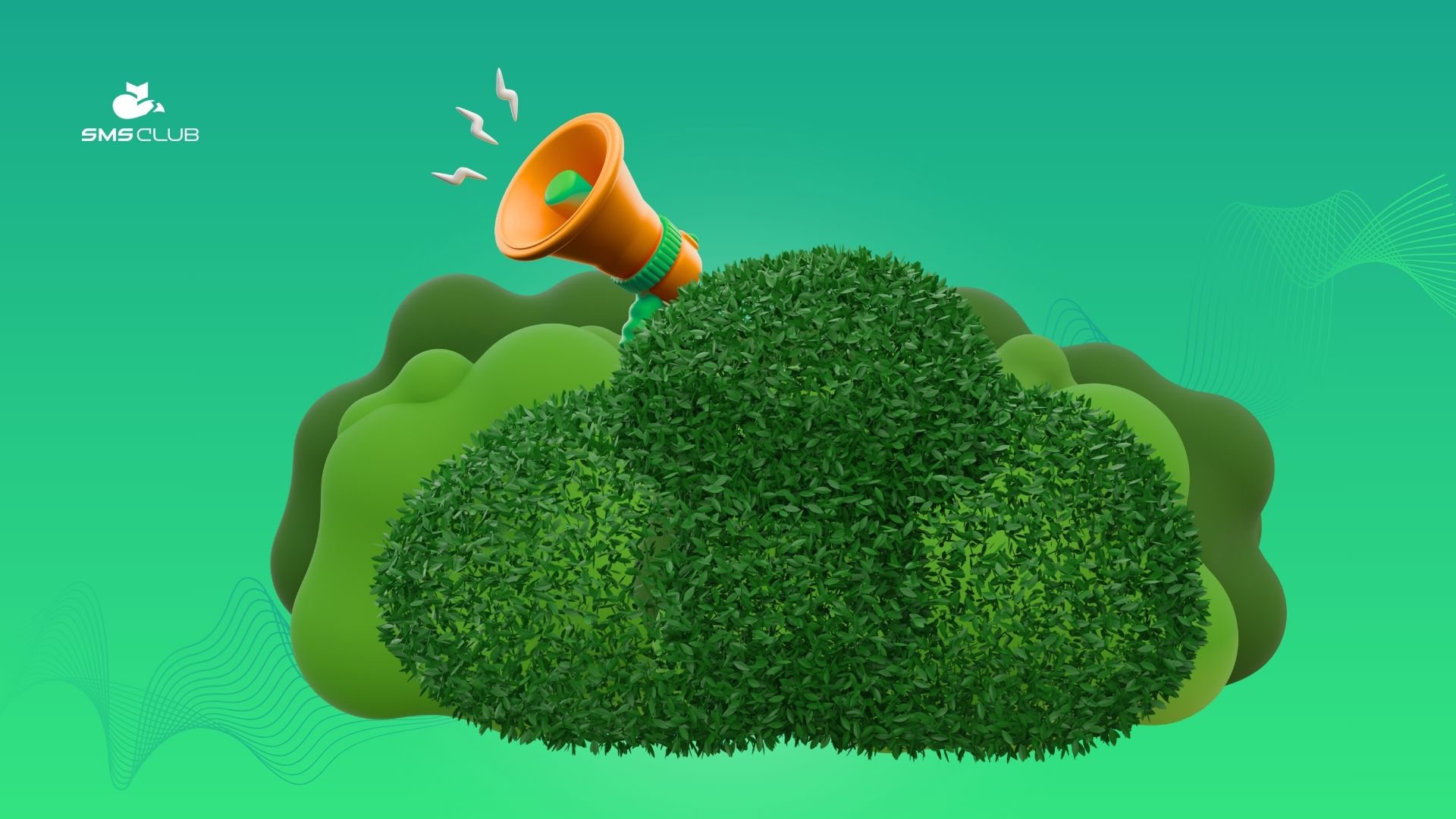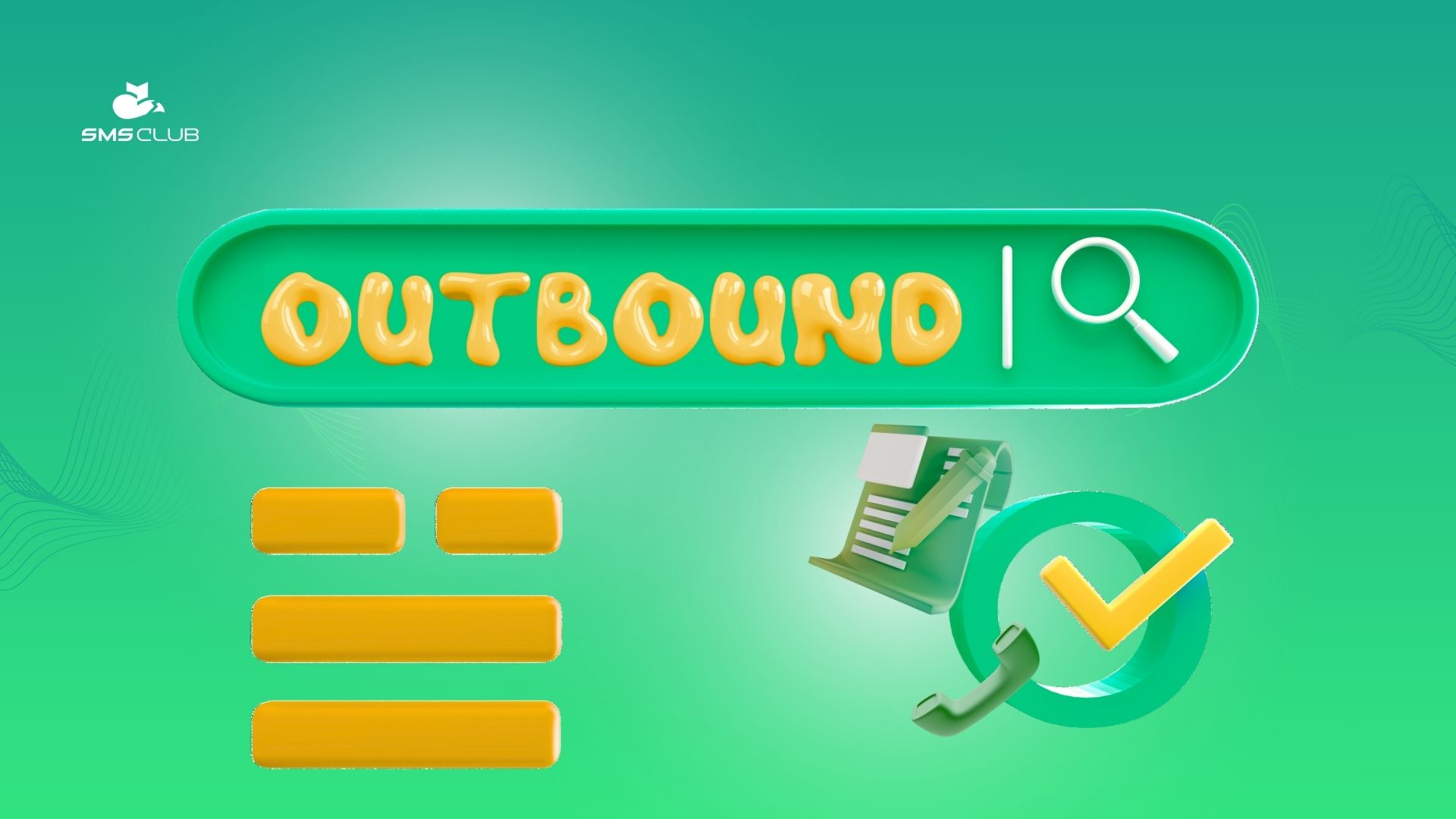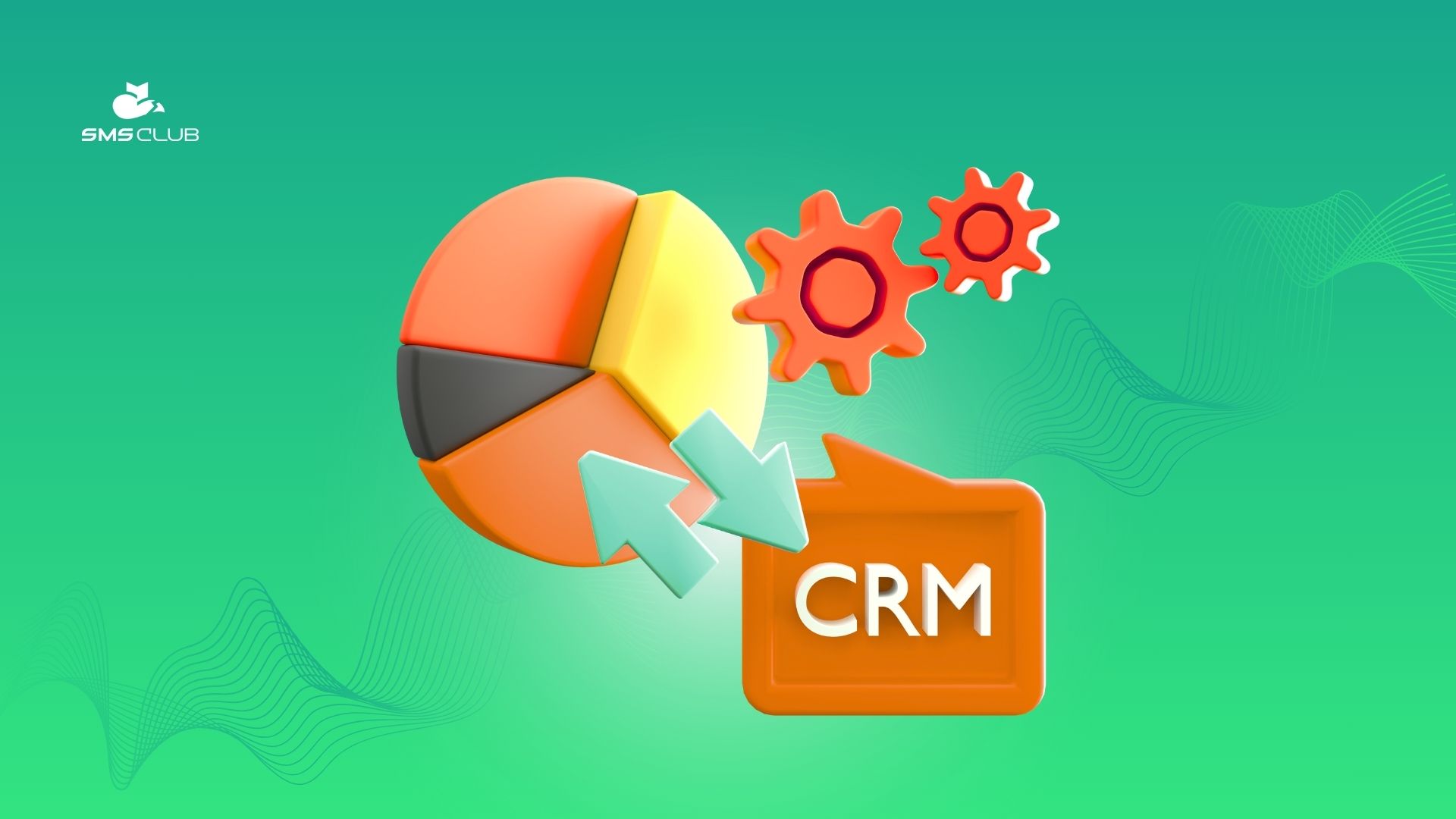From sales funnel to gap: all about conversion path steps
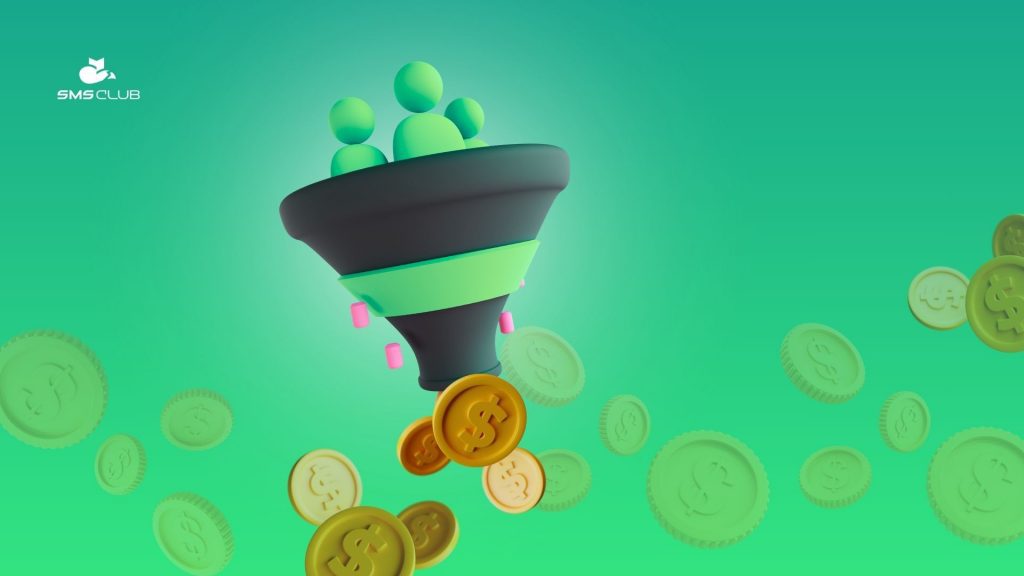
Contents:
Contents:
Every buyer goes through several steps. And whether it’s about a phone or a session with a tarologist, the “journey” involves getting to know the product or service, carefully considering it, and only then making a decision: “I need it, I’ll buy it”.
A sales funnel is a tool that helps determine how successful the “journey” is for a specific product. It involves daily analysis of statistics, finding weak points, and improving your sales offer – because nobody needs a bad product. About the sales funnel formula, its creation stages, and quality secrets – coming up.
What is a sales funnel
This term emerged about 100 years ago in America and turned out to be very apt: visually, the sales process indeed resembles a device for pouring liquid into a container with a narrow neck.

Schematically (and very simplified), a sales funnel looks like this:
- 3000 potential buyers learned about the product,
- 300 took the information “for consideration”,
- 30 clarified something (price, specifications, etc.),
- 3 made a purchase.
The number of consumers who become your clients is the main indicator for evaluating the effectiveness of the sales funnel. It’s called the “conversion rate“.
Detailed analysis of the funnel allows you to find out when and why a buyer lost interest in your offer. And price doesn’t play a decisive role here.
How the sales funnel is built
There’s no one-size-fits-all funnel that will work perfectly all the time and everywhere. You need to create the funnel from scratch each time. Even if you already have a well-established business that’s launching an additional service or a new product line.
- The first step in creating a funnel is to get to know yourself. What is your product? How does it differ from what’s already on the market? What are the reasons to buy it from you specifically? By the way: analyzing your competitors’ offers isn’t enough. It’s worth looking into adjacent niches, especially for finding new ideas for promotion.
- At the same time, we sketch a portrait of our target audience. In addition to classic questions (age, gender, city, income, interests, needs, and pains), we calculate the potential buyer’s possible behavior at each stage of the funnel. And right away – the seller’s reaction to each scenario. Conversion from certain customer actions is also predetermined.
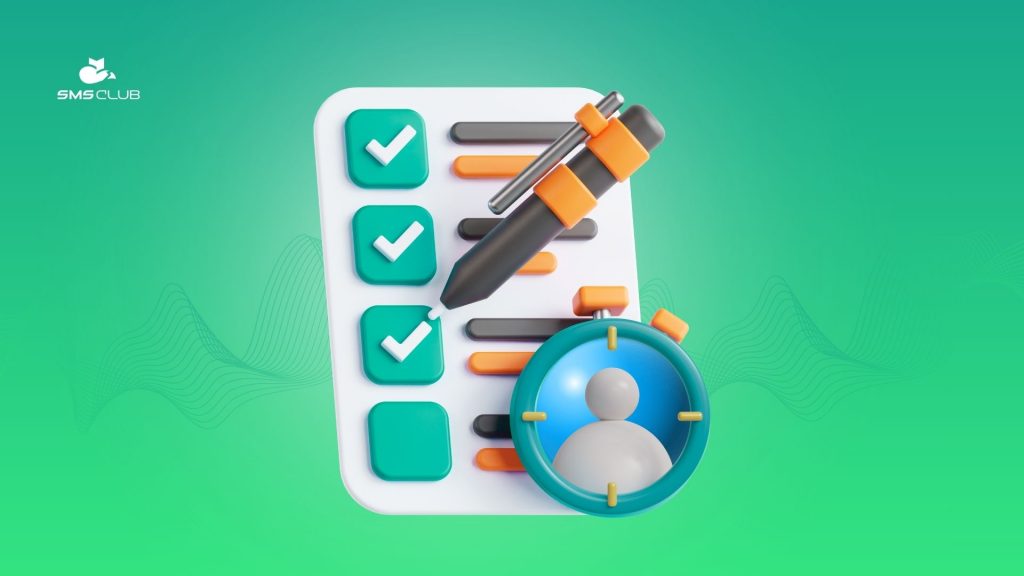
The better this preliminary work is done, the more successful the UTP – the unique selling proposition – will be.
Tip:
The UTP must not only be attractive but also honest – if, of course, you want the buyer to come back to your store again.
Also, at this stage, marketing channels through which promotion will take place are determined. Will it be contextual advertising? Or maybe it’s worth trying out Viber newsletters?
The Sales Funnel Formula
Marketers use several formulas. The simplest and most common ones are the classic “AIDA” and the more modern “ToFu, MoFu, BoFu”.
“AIDA” stands for awareness, interest, desire, action.
“ToFu, MoFu, BoFu” stands for top of funnel, middle of funnel, bottom of funnel, which represent the top, middle, and bottom parts of the funnel.
Conceptually, they are not different. In the more modern model, experts combined two steps – decision and action – into one. Let’s look at it specifically.
ToFu
This stage is also called “cold contact”.
This is the first segment of the funnel, which essentially includes all potential buyers, i.e., people who are not yet familiar with your company or brand. The number of cold contacts interested will determine how many people will use your service.
MoFu
After learning about your product, a person begins to study it meticulously. Analyzing technical specifications, functionality, comparing colors, and reading reviews.
The main task at this stage is to convince the potential buyer that your offer is indeed the best.
If your business is focused on Instagram, continue to post daily stories. You never know which live stream or picture will hit the mark.
Needless to say, timely and correct responses are at least polite. Pleasant communication is remembered and encourages purchases as much as product quality.
But remember that there is a line between politeness and intrusiveness, and crossing it is always felt and often not forgiven.
BoFu
Actually, the appearance of questions indicates that the buyer is almost ready to make a purchase. Here, practical factors become more important than emotional ones: service, extended warranty, additional services for maintenance or installation, etc.
And what’s next?
And then the most interesting part begins. After all, the further stages of the sales funnel involve analyzing the results, adjusting the strategy, working on reputation – everything that contributes to customer retention, or attracting new ones, depending on the business.
Example 1
A computer hardware store was able to almost double its sales volume in a month by focusing on exclusive collaboration with IT companies and regularly introducing new products – with test drives and customer training sessions.
Example 2
A lawyer specializing in debt and bankruptcy issues for individuals had a website where he posted his own articles on the topic and maintained a business page on Facebook. He continues to use these tools but only as branding tools. Clients come to him thanks to short videos on TikTok.
Instead of conclusions
Creating a sales funnel is within the reach of every entrepreneur. But turning it into a gap – maintaining and multiplying results every month – is achievable by only a few. Success comes to those who constantly learn, seek new ways, and are not afraid to take risks.
Frequently Asked Questions
— What is a sales funnel?
A sales funnel is a marketing tool that helps determine how successful the chosen strategy is for promoting a specific product. It involves a thorough analysis of statistics, finding bottlenecks, and improving your sales proposition.
— What are the stages in the sales funnel?
There are three main stages: getting to know the product or service, studying and thoroughly considering them, and concluding: “I need this, I’m buying it”.


